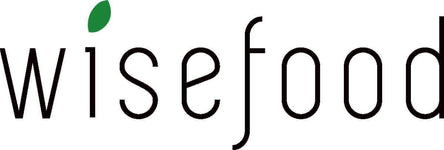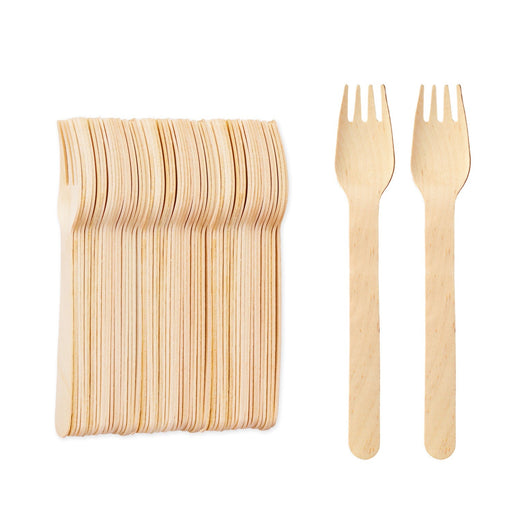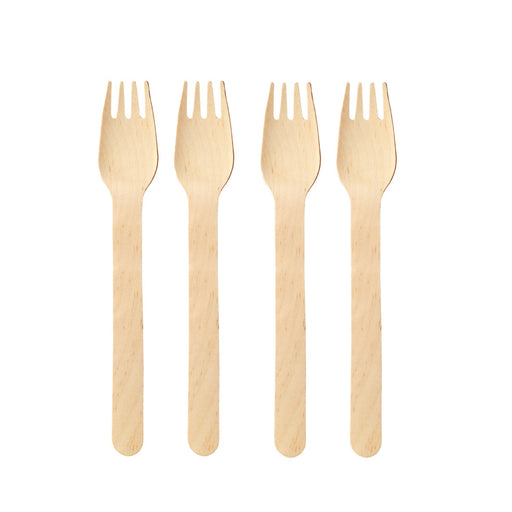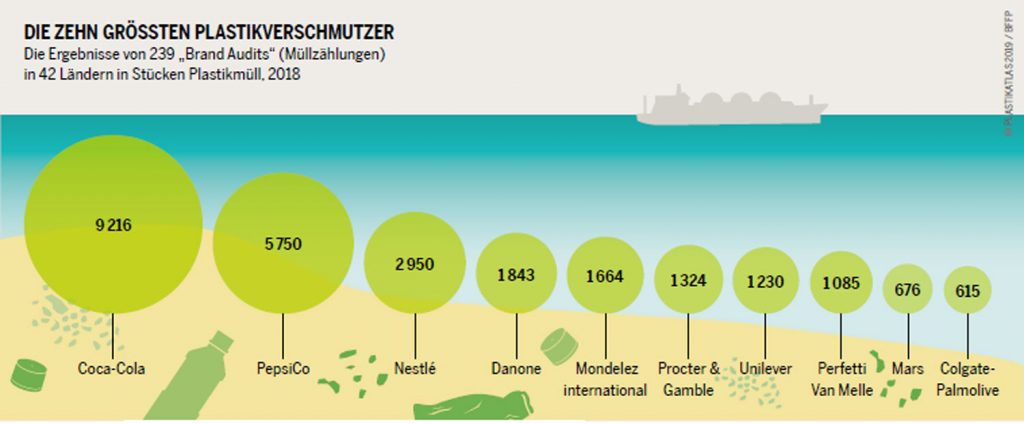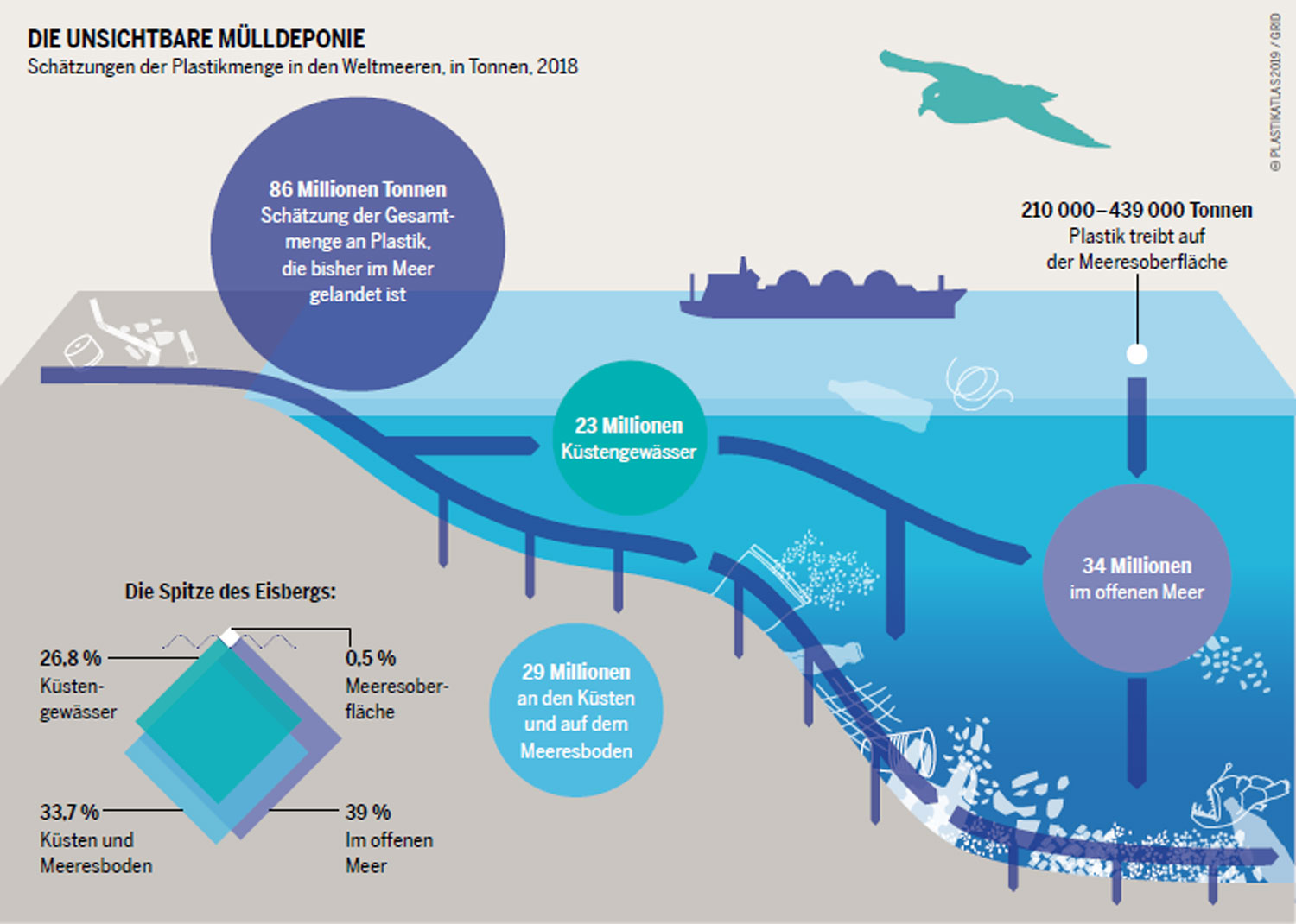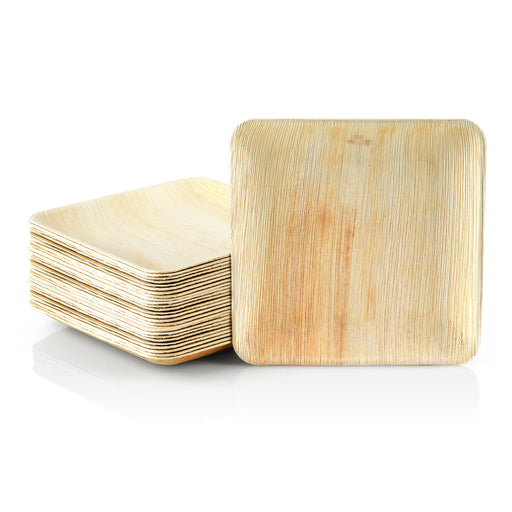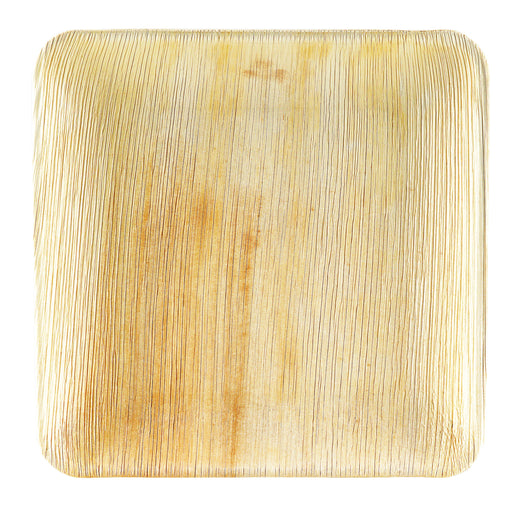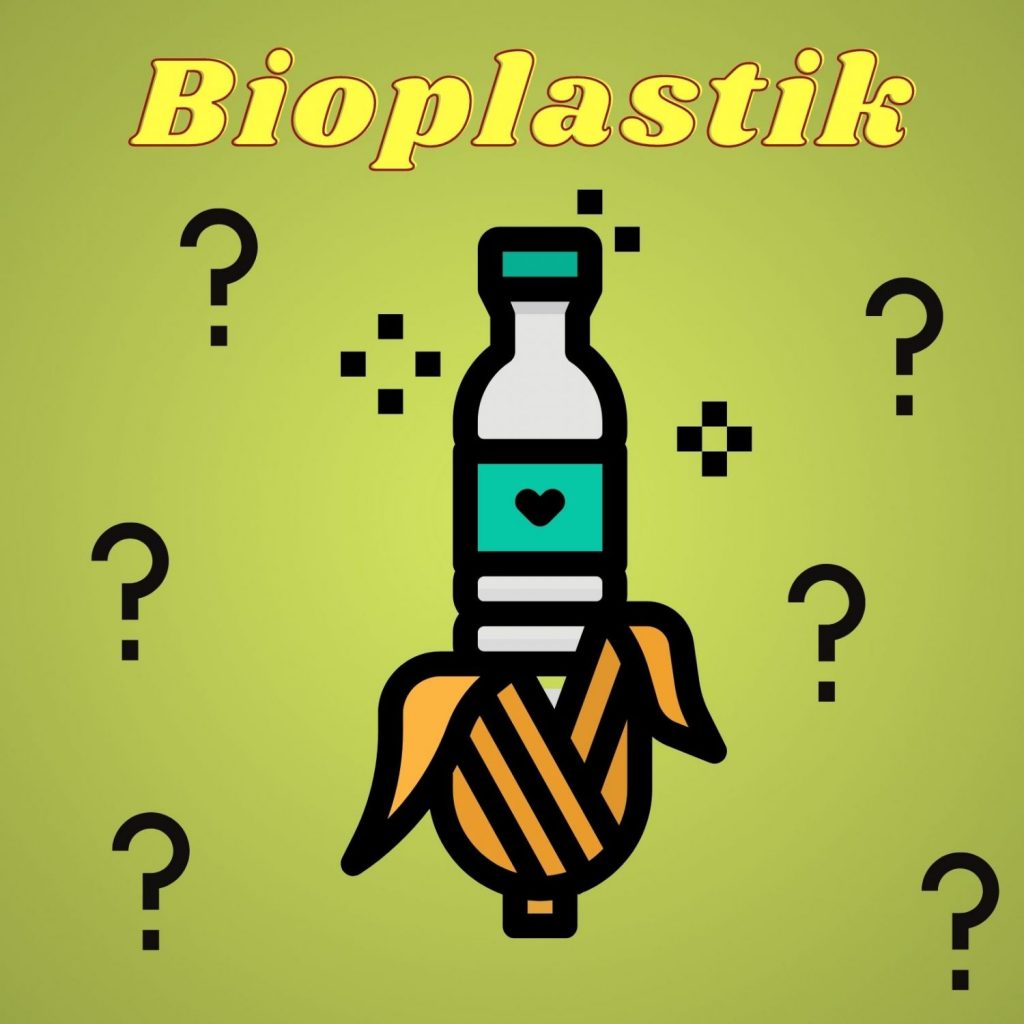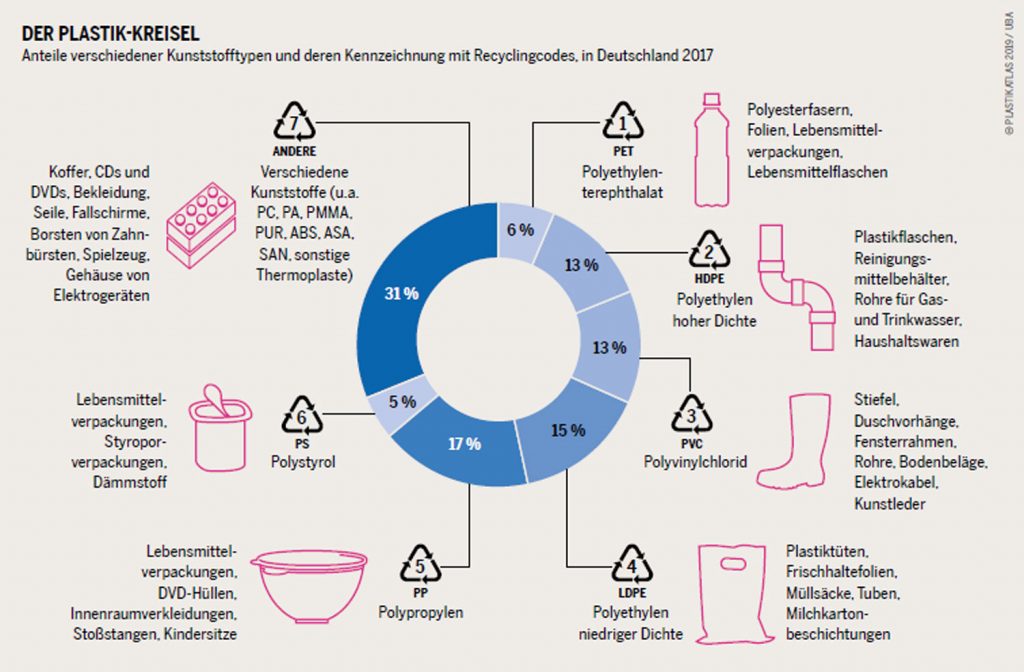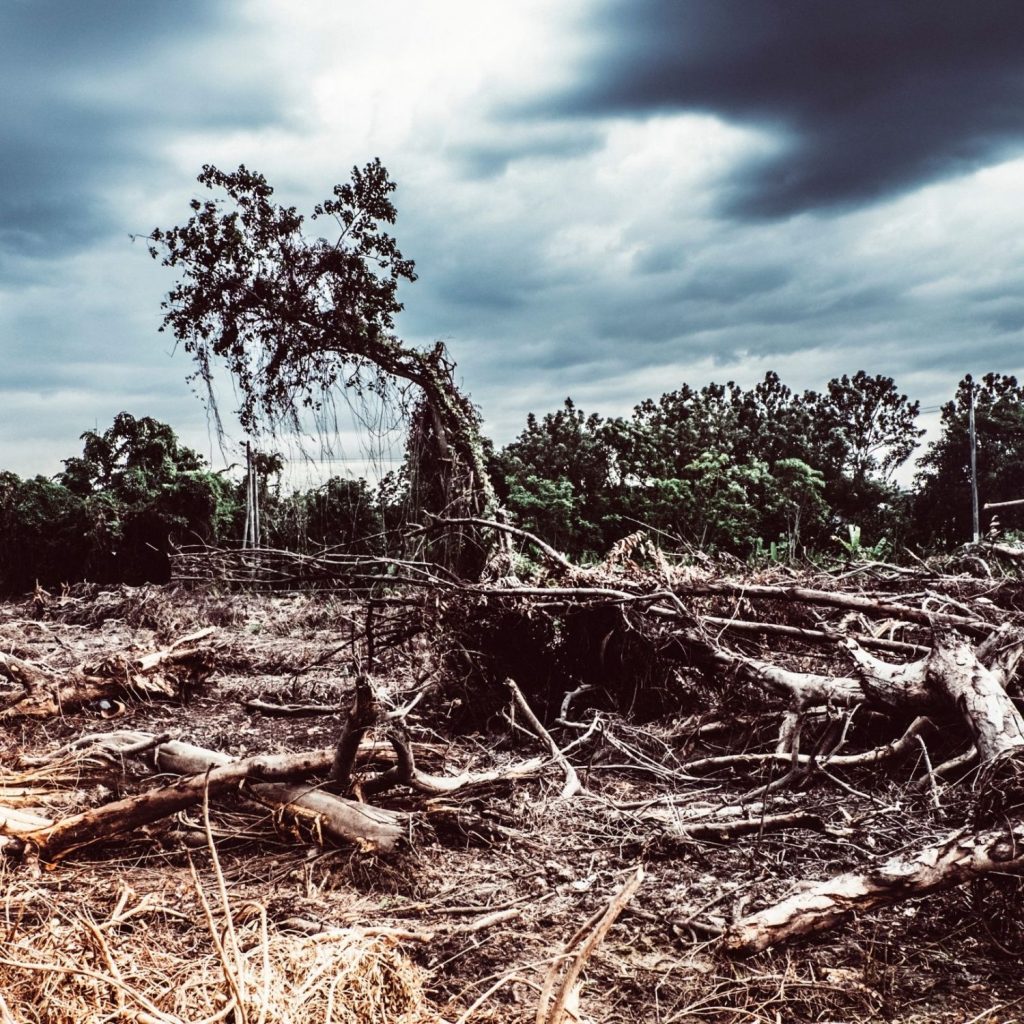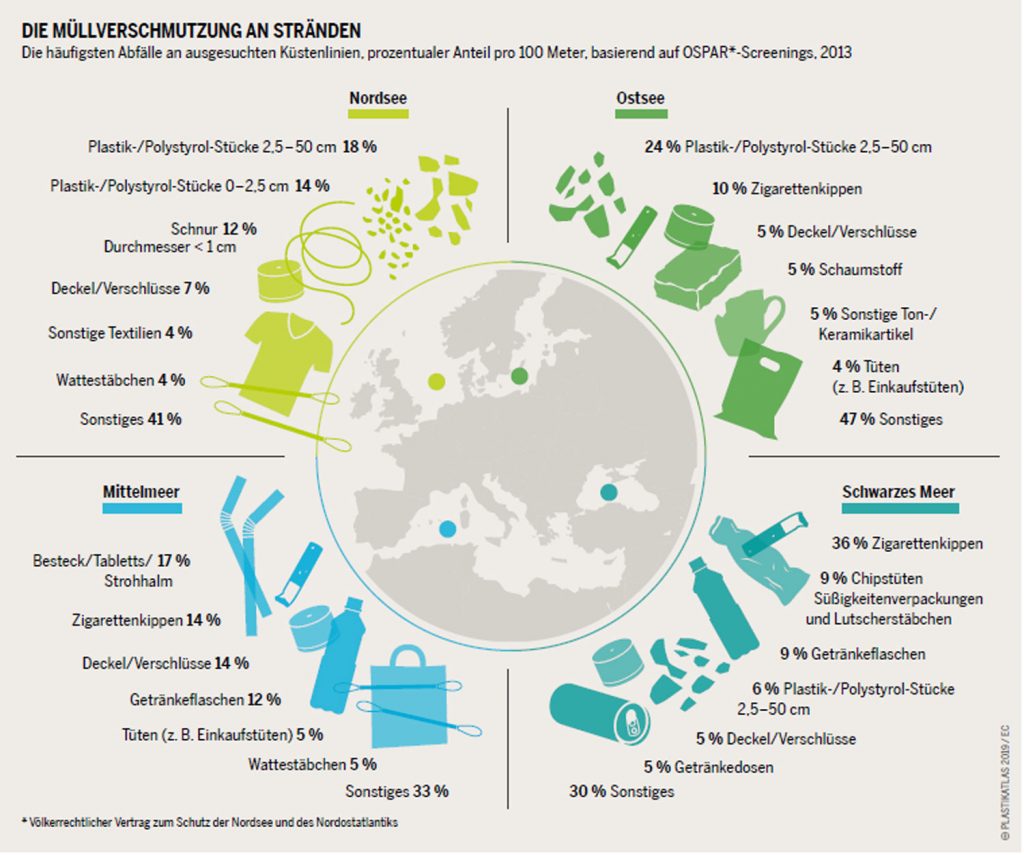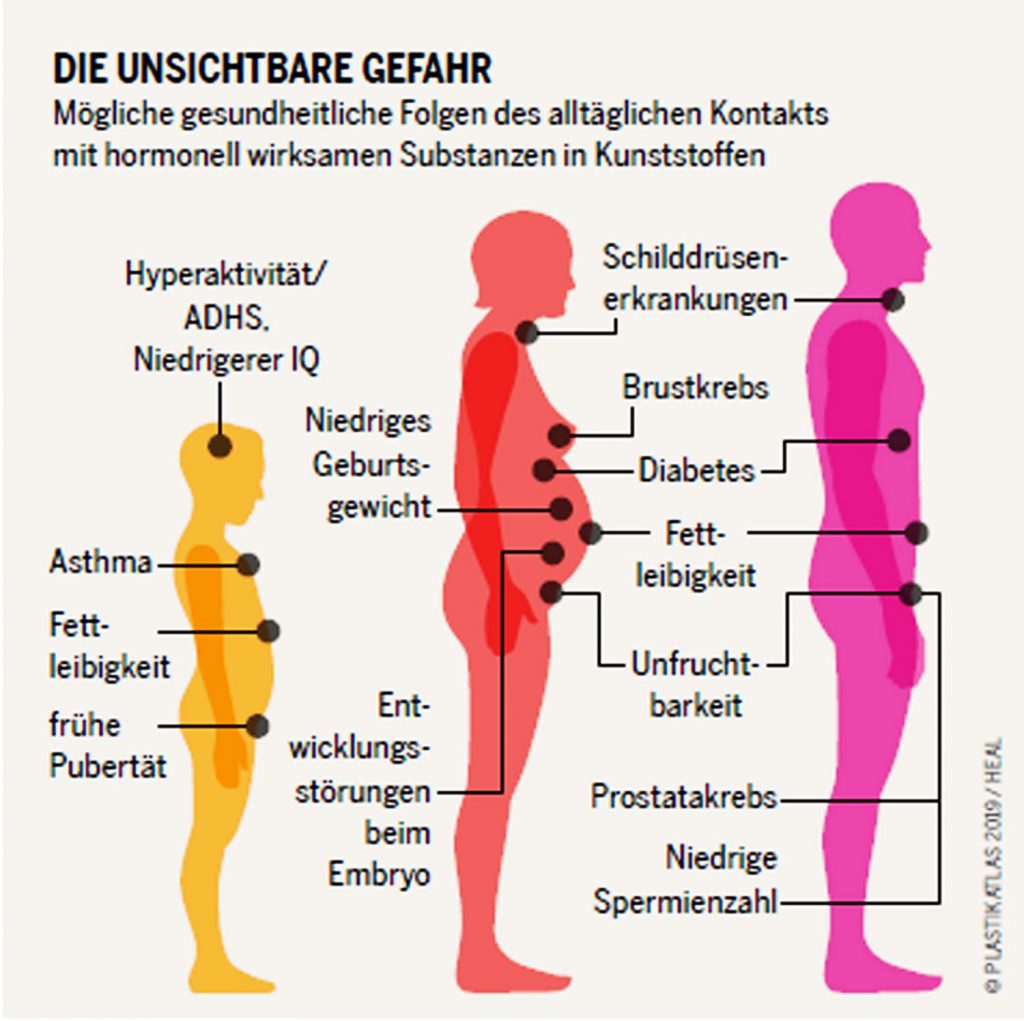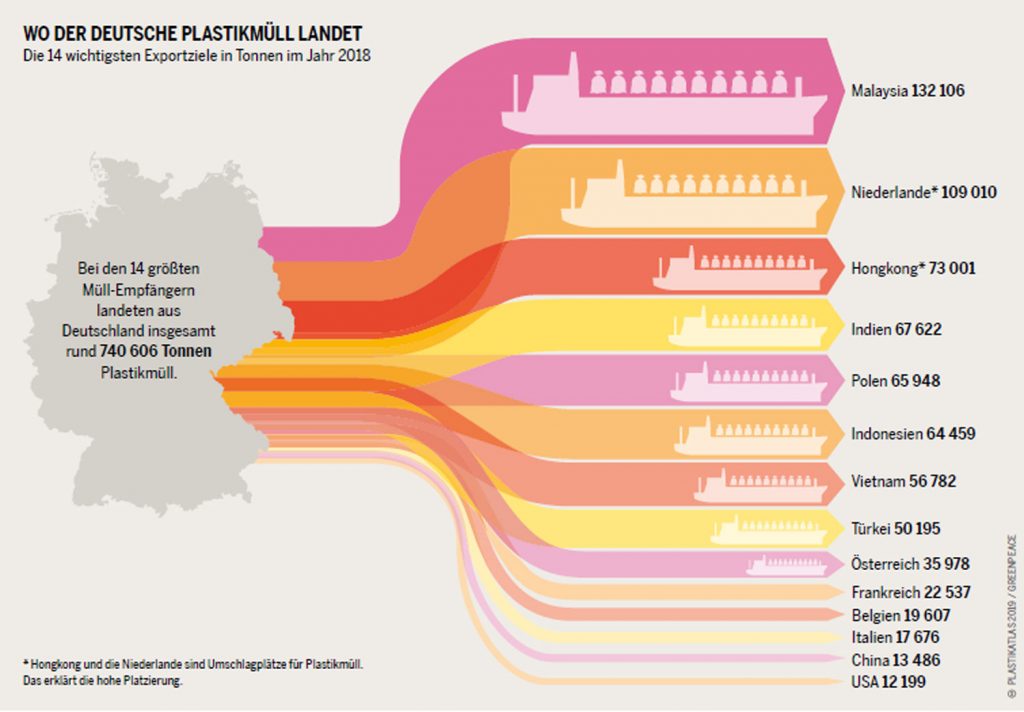The decomposition process of organic waste through the decomposition of bacteria and other microorganisms is called rotting. Other materials (e.g. metal) that are subject to gradual deterioration due to the weather are referred to as corrosion. Plastic from packaging and disposable items, on the other hand, only breaks down into microplastics and thus leaves its residues in nature. The plastic particles can now be found everywhere in water, soil and the stomachs of animals.
Garbage that ends up in nature stays there for a very long time. Cigarette filters, for example, are made of cellulose but are extremely robust due to the addition of chemicals and take around 10 to 15 years to decompose. Plastic bags (2.4 billion plastic bags in Germany in 2017) take up to 500 years to decompose. A beverage carton lasts about 100 years. Plastic bottles only decompose after 450 to 5,000 years. Styrofoam has a decomposition time of 6,000 years, which is even unmeasurable if the material is not exposed to the weather.
Although it consists of natural wood fibers, the decomposition process of paper is made more difficult by printing ink and additives. Paper bags take about 6 weeks, newspaper 1 to 3 years and tissue paper between 3 weeks and 5 years to decompose. As a naturally occurring raw material, metal corrodes. Aluminum takes between 10 and 100 years for this process, aluminum foil around 200 to 400 years and sheet metal even up to 500 years. Glass consists of quartz sand, so it is not an organic substance and does not rot. It takes about 4,000 to a million years to decay. As a recyclable raw material, glass should therefore definitely end up in the used glass container.
🌎 Sustainable & climate neutral
💯 Oven, microwave and refrigerator safe
🎉 Ideal for to-go, barbecue parties, birthday parties
🌴 Free from chemical additives
📦 Plates packed in packs of 25
Original price
€10,90
Original price
from €10,90
€9,16
€10,90
Current price
€10,90
25 item | €0,44 / item
Our sustainable tableware is made from whole palm leaves that come from controlled cultivation and is therefore the perfect alternative to plastic...
View full details
